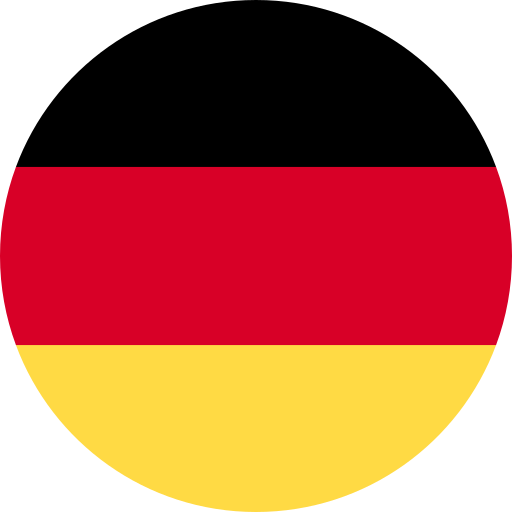Materials
Vias
Conductive pathways interconnecting PCB layers.
Overview of Vias
Vias are small conductive holes that interconnect the different layers of a printed circuit board. Created by drilling and copper plating, they provide a reliable electrical pathway for signals and power.
This technology is essential for constructing complex, multilayer PCBs used in modern electronic devices. In addition to establishing electrical connections, vias also play a role in effective thermal management.
Key features of vias include:
- Reliable interlayer connectivity for both internal and external circuits.
- Enhanced signal integrity with minimized interference.
- Efficient distribution of heat and electrical current.
Ongoing innovations in PCB manufacturing ensure that vias continue to meet the increasing demands of high-speed and miniaturized electronic systems.
Frequently asked questions
Can’t find the answer you’re looking for? Reach out to our customer support team
- What are vias in PCBs?
- Vias are small conductive holes that electrically connect different layers of a printed circuit board.
- How are vias manufactured?
- Vias are created through a multi-step process that involves drilling followed by copper plating.
- What role do vias play in signal transmission?
- Vias ensure stable signal transmission between layers and help minimize signal losses and interference.
- How do vias contribute to heat dissipation?
- By distributing heat between layers, vias contribute to effective thermal management of the PCB.
